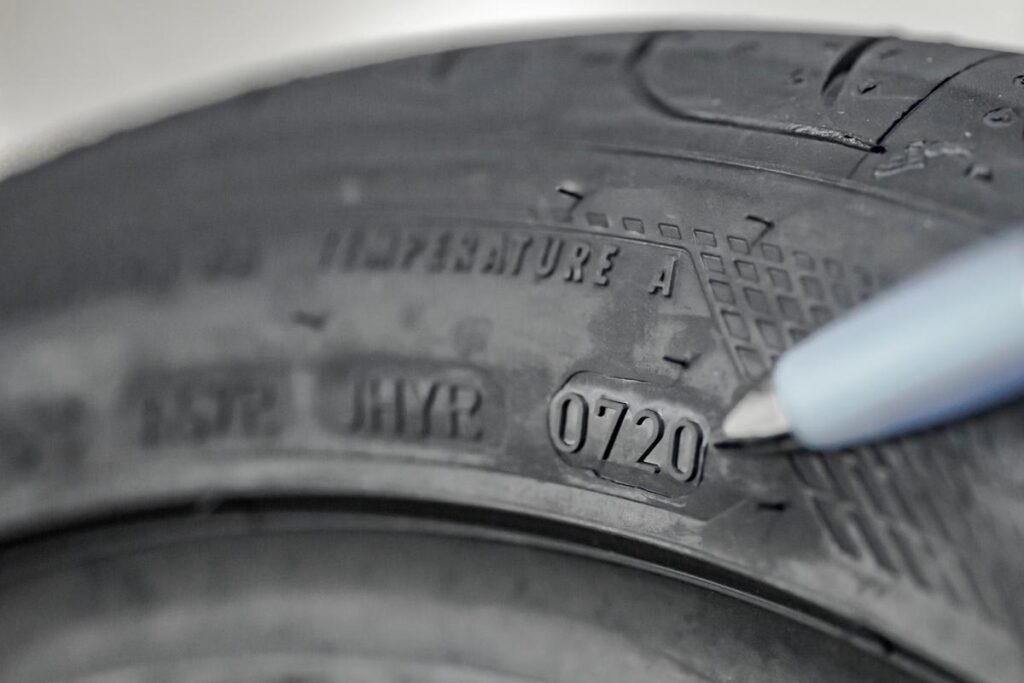As you glide down the roads, eight inches of rubber is the only thing stopping your car from hugging the asphalt. We take tires for granted, often forgetting that they are the unsung heroes of automotive safety and performance. But did you know that tires have a ticking clock hidden within them? Tire aging is a silent but lethal threat that creeps up on us, gradually diminishing the performance and safety of our trusty steeds on wheels. Understanding the signs of tire deterioration is crucial in prolonging the lifespan of these vital components and ensuring your safety on the road.
The Telltale Signs of Aging: A Closer Look
Tread Depth – The deep grooves and indentations gracing your tire’s surface are not just there for aesthetics; they work tirelessly to enhance traction and grip. Over time, tread depth naturally diminishes, and once it falls below 2/32 of an inch, it’s time to bid your tires farewell. Pay close attention to the state of your tire’s tread, as smooth tires are notorious for causing skidding and hydroplaning on wet surfaces. Ensuring adequate tread depth is not only vital for your safety but also provides peace of mind during those sudden harsh braking moments.
Cracks and Bulges – The rubber that encases your tire is subject to the whims of nature. Over time, exposure to elements such as heat, UV rays, and pollutants can cause the rubber to weaken and develop cracks. These seemingly innocent cracks are more than just cosmetic imperfections; they can be a precursor to tire failure. Inspect your tires regularly for any visible signs of aging such as sidewall cracks or bulges. If spotted, it’s high time to replace your tires to avoid mishaps on the road.
When to Replace: A Timely Investment in Your Safety
The Six-Year Rule – Time is a fickle antagonist, and even tires are not immune to its effects. Industry experts recommend replacing tires every six years, regardless of their mileage or apparent condition. Rubber compounds degrade over time, impacting their ability to maintain traction and withstand road stress. By adhering to the six-year rule, you proactively mitigate the risks associated with aging tires, ensuring optimum safety and tire performance.
Mileage Matters – While time is a significant factor in tire aging, mileage also plays a crucial role. Tires that have accumulated more than 45,000 miles are more susceptible to deterioration, even for those within the recommended six-year window. A regular check-up with a tire professional is advisable once you cross this mileage mark, as they can gauge the tire’s condition and offer guidance on the right time to replace them.
In Conclusion: Your Tire’s Lifespan and Your Safety
Replacing car tires might not be the most thrilling purchase to make, but when it comes to your safety and the well-being of your loved ones, it becomes an investment that shouldn’t be taken lightly. Regularly checking for signs of tire deterioration, such as reduced tread depth, cracks, or bulges, is imperative to maintain your vehicle’s performance and your peace of mind. Remember, even if your tires seem fine on the surface, they could be silently crying out for retirement. By adhering to the six-year rule and keeping an eye on mileage, you’ll ensure your tires serve you well and keep you safe for years to come. Take that leap today and let new tires be the silent guardian that effortlessly supports your every journey.


